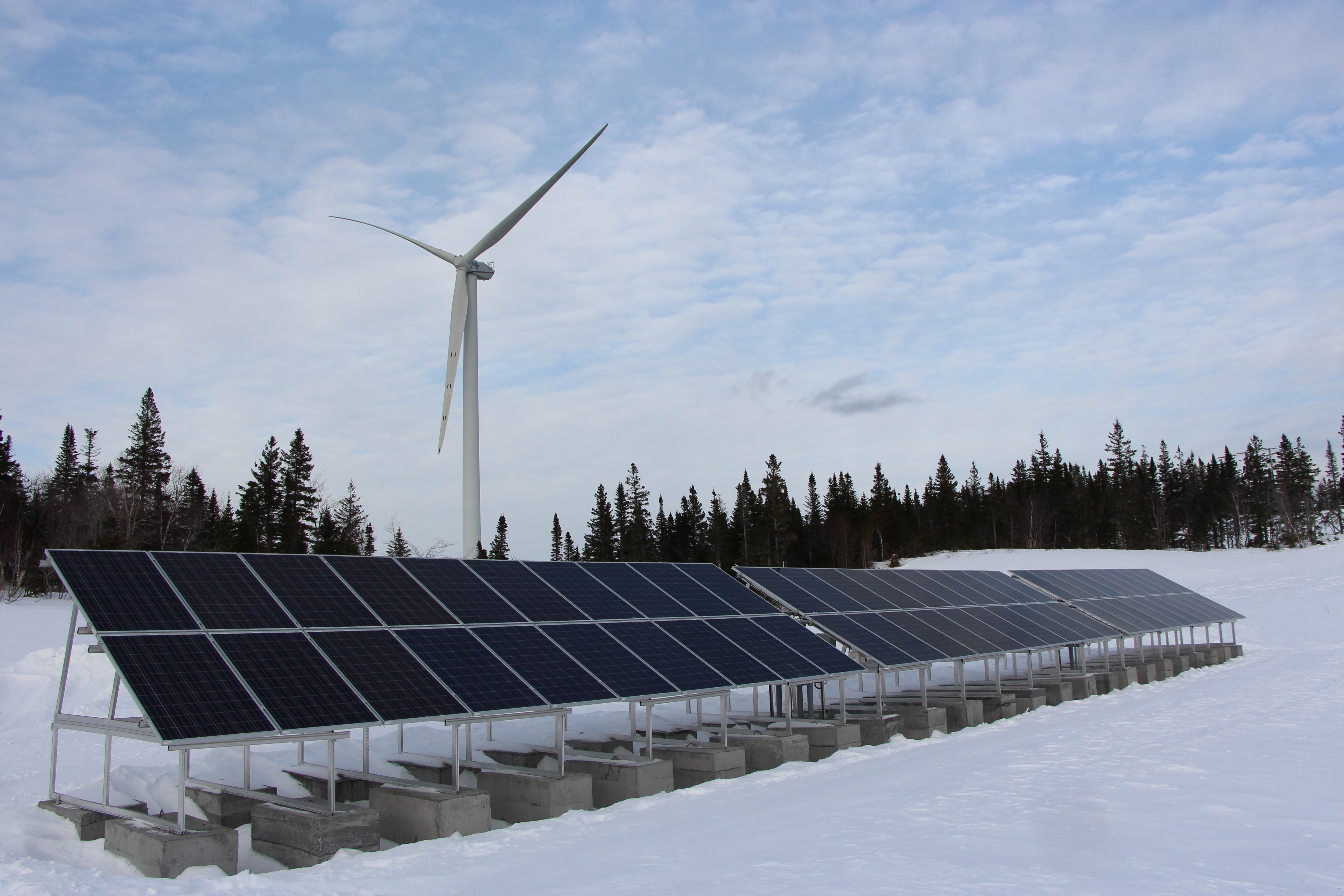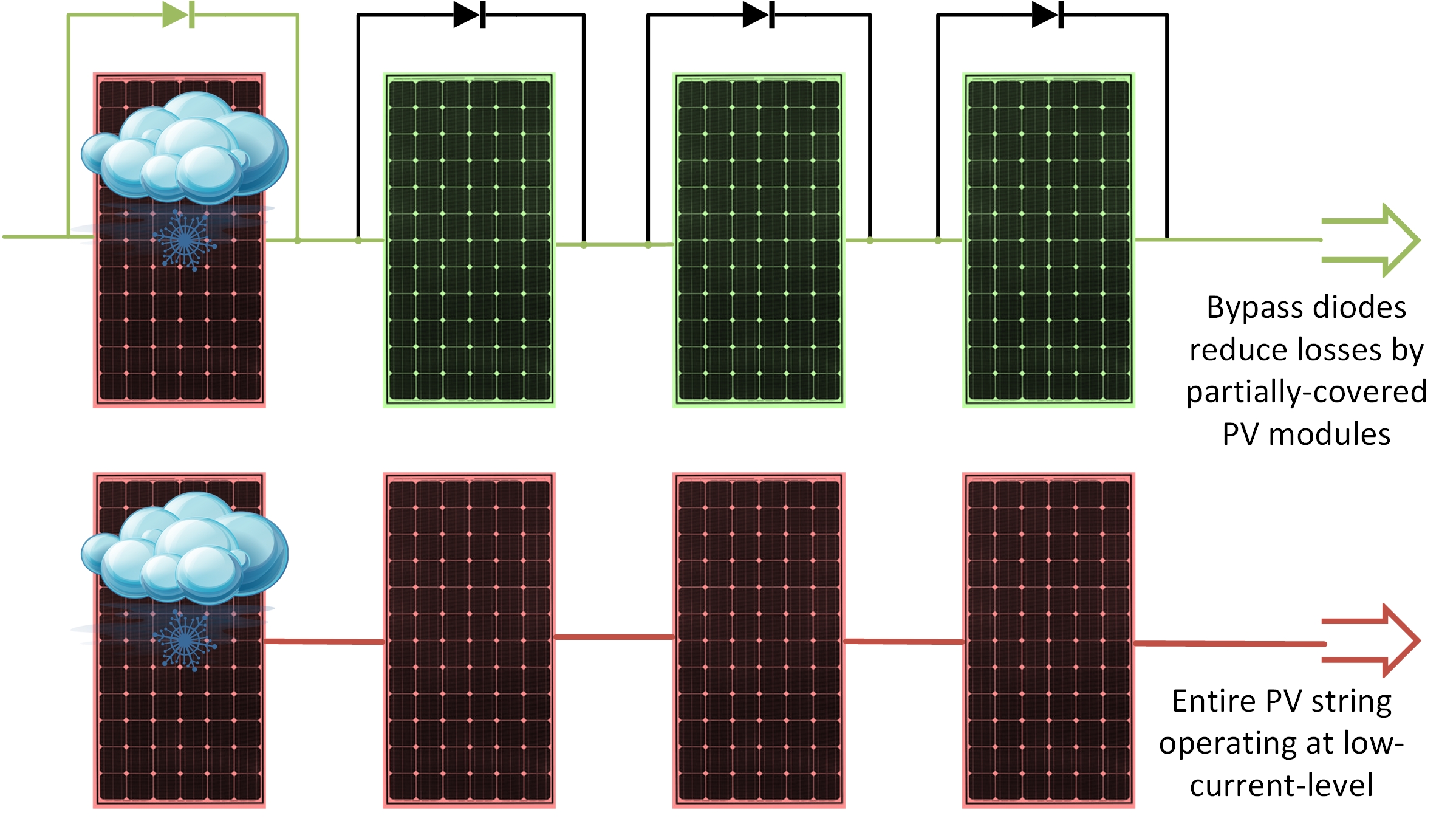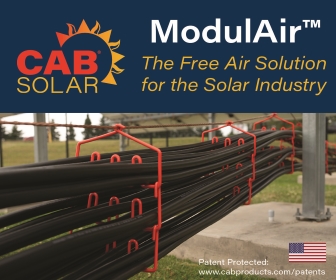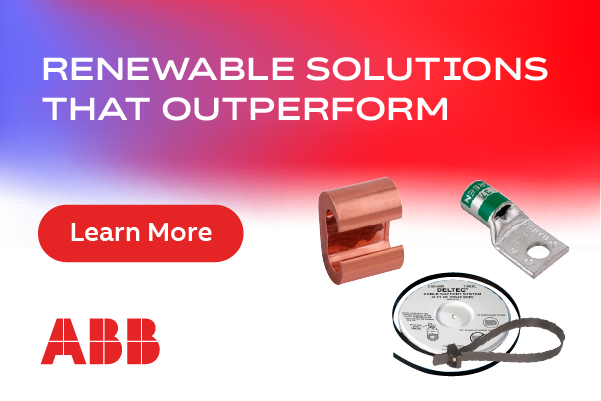Solar PV Challenges in Cold-Climate Regions
Solar PV systems subject to extreme cold-weather conditions face particular challenges, from the planning stage, to operation and maintenance. Low temperatures, heavy snowfall, freezing rain, and short periods of sunlight are some of the phenomena that may affect solar PV performance. Due to an ongoing misconception that solar PV systems are not suitable for such conditions, its deployment in colder North American regions remains considerably low.
However, solar PV is the fastest growing renewable energy source worldwide, with an extraordinary 50 percent growth rate in 2016. This unprecedented growth has also facilitated the development of measures to adapt PV systems to harsh environments. Regarding PV systems in cold climates, such measures can be separated into two main groups: (i) design and technologies and (ii) O&M strategies.

Design and Technologies
During planning and design stages, on-site extreme weather conditions must be considered. Snow accumulations on the PV modules can be minimized by using higher tilt angles, and frameless modules, which helps snow to slide off easily. Along with the aforementioned configuration, portrait-oriented PV module installation is an advantage; a longer sliding surface will facilitate snow shedding. If high tilt angles and frameless PV modules cannot be used, landscape orientation is preferred, as snow accumulation at the bottom of the covered modules will tend to cover a single PV cell string, minimizing energy losses. For ground-mounted arrays, if high snow accumulations are expected on site, elevated frames are needed.
Even a light coverage of snow on the module surface can have a large impact on energy yield. Bypass diodes are used to bypass covered PV modules, thus minimizing related losses. Thanks to recent engineering development, bypass diodes are also included inside the PV modules so that covered PV cell strings can be also bypassed. Proper string/row design can also help reduce coverage losses; the electric connection of a string over two physical rows will produce an undesired combination of covered and uncovered modules and should be avoided.
Microinverter-based architectures are superior to string inverters in cold climates. The increased granularity of this architecture leads to better performance monitoring, reducing the single-point-of-failure challenge, and minimizing the impact of partial snow-covered PV modules.
O&M Strategies
PV systems installed in cold and isolated regions are subject to logistical constraints for O&M, which considerably increases operational expenditures. Reducing system complexity helps minimize required O&M interventions. For example, sun tracking systems, which comprise sensitive equipment and moving parts, are likely to fail due to extreme low temperatures or high wind speeds.
In order to avoid false-alarm situations, the adverse effect of freezing temperatures on electronic equipment must also be considered. In fact, electronics are highly impacted by ambient temperature; voltage, current, and temperature readings can drift when sensitive equipment functions outside its operating temperature range. Utilizing hermetic, temperature-controlled enclosures for electronics, or using military-grade electronics, can help reduce this drift in systems with high precision requirements. To avoid false-alarm conditions in small-scale systems, an overall uncertainty estimation is recommended.
One of the most common concerns in cold weather is removing snow accumulations from PV modules. In an effort to reduce O&M interventions, self snow-shedding and de-icing must be evaluated at each particular site. Snow cover on a PV module can eventually allow some solar radiation to pass through; even partially covered modules can produce electricity and heat, and promote self snow-shedding. Experience and observations gleaned from the first winter of PV operations should provide sufficient information to operators. Cleaning tools for de-icing and snow removal must be carefully chosen in order to avoid damaging PV modules.

Advantages of Solar PV Systems in Cold-Climate Regions
Nevertheless, cold-climate regions show an exceptional set of favorable conditions for PV. Silicon-based PV modules perform considerably better in colder temperatures. Module efficiency at 0 °C can be up to 12.5 percent higher; snow accumulations surrounding the PV modules can act as a mirror, increasing both the solar radiation reaching the modules and the energy yield. Similarly, because copper resistance decreases at lower temperatures, electric losses in the conductors are reduced. In fact, ideal conditions for PV modules include high solar radiation, low temperatures, and high ground reflectivity.
In standard conditions, the main cause of PV module degradation is the heat generated by the incident solar irradiation. Since cold weather helps keep module temperature low, PV systems in cold climates are expected to have longer service lives. In fact, PV systems installed in northern Canadian locations have been operating for more than 35 years with lower degradation rates than expected, and almost no O&M issues reported.
Some cutting-edge technologies remain to be tested in northern locations. Such is the case for bifacial PV modules, which may profit from high snow reflectivity, therefore increasing energy yield and promoting faster snow and ice melting. Passive and active melting technologies can also be tested in PV systems. One example of passive technology is the ice-phobic coatings that impede rime or glaze from forming on the PV modules, while reverse flow-current through the modules to generate heat is an active melting technique already used in some European PV systems.
Despite existing restrictions, cold-climate regions represent a beneficial environment for solar energy systems. PV modules are easy to install and operate, have no moving parts, and perform particularly well in cold climates. Indeed, overcast locations are less favorable to solar PV deployment than cold, snowy sites. Furthermore, by combining PV with wind energy in higher latitudes, operators can take advantage of regions where lower solar radiation seasons often coincide with higher winds. With the proper design, solar PV can become a mainstream energy source for northern isolated locations, replacing polluting diesel generators, and improving energy source diversification and availability.
Sergio C. Gualteros is and Analyst, Research and Innovation at Nergica. Drawing on his expertise in integrating renewables into electric systems, his projects foster the development of innovative solutions for energy efficiency and the transition to cleaner energies.
Pierre Beaudoin is a Project Manager, Research and Innovation at Nergica.He is a specialist in the integration of off-grid renewables, and has been working in the field for over 25 years.
Matthew Wadham-Gagnon is Business Development Manager at Nergica. With more than 10 years of engineering experience as project manager, coordinator, and guest speaker, he has acquired leading-edge expertise in the field of activity.
Nergica is a centre of applied research that stimulates innovation in the renewable energy industry through research, technical assistance, technology transfer and technical support for businesses and communities. Known until recently as the TechnoCentre éolien, Nergica has been active for nearly 20 years in the field of renewables and is an official college centre for technology transfer (CCTT) affiliated with the Cégep de la Gaspésie et des ÃŽles.
Nergica | www.nergica.com
Volume: 2018 May/June









.png?r=4119)


